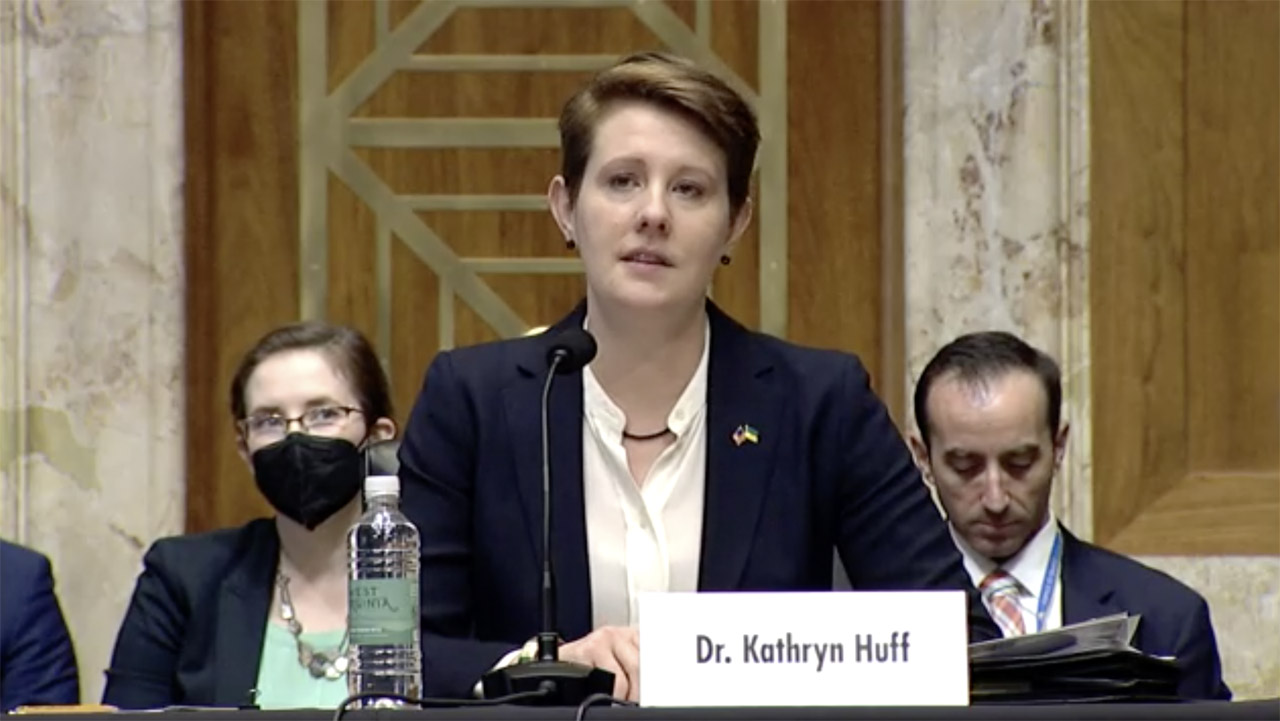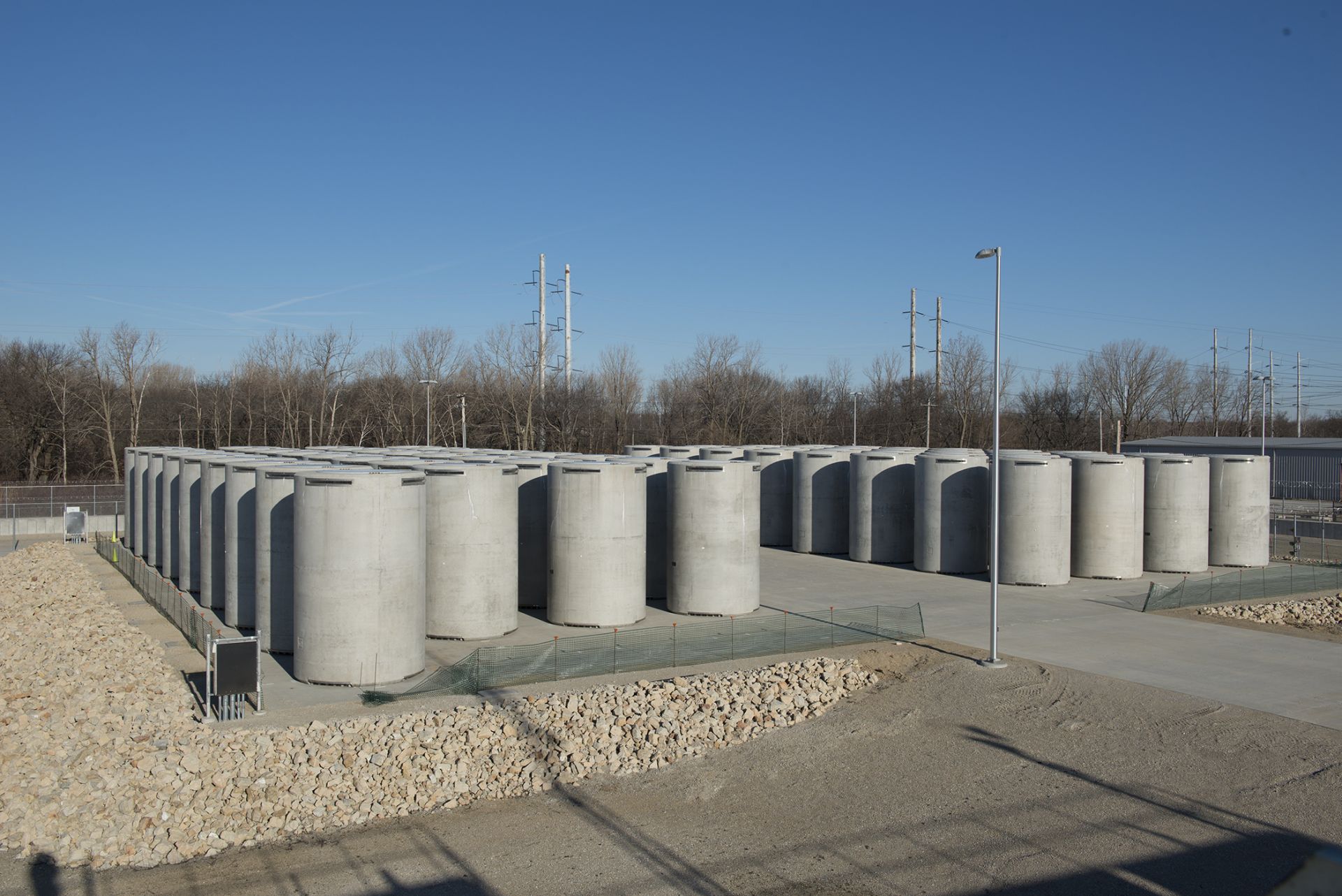A rendering of Holtec’s proposed HI-STORE CISF in New Mexico. (Image: Holtec)
New Mexico has passed legislation aimed at preventing Holtec International from constructing and operating a consolidated interim storage facility (CISF) for spent nuclear fuel in the state. On March 17, hours after being passed by the New Mexico House on a 35-28 vote, Democratic Gov. Michelle Lujan Grisham signed SB 53, which prohibits the storage and disposal of radioactive waste in New Mexico without the state’s consent.
Using GeoMelt ICV technology to treat and immobilize problematic low-level wastes at INL and WCS.
A sample of GeoMelt glass. (Photos: Veolia)
When it comes to managing nuclear waste, technology is transforming the way some of the most problematic waste is handled. The idea to transform nuclear waste into glass was developed back in the 1970s as a way to lock away the waste’s radioactive elements and prevent them from escaping. For more than 40 years, vitrification has been used for the immobilization of high-level radioactive waste in many countries around the world, including the United States.
February 17, 2023, 3:03PMRadwaste SolutionsPeter Swift, Michael Apted, Lake Barrett, John Kessler, and Steven Nesbit An electric continuous miner machine cuts out a waste-emplacement panel at the Waste Isolation Pilot Plant salt repository in New Mexico. (Photo: DOE)
Used nuclear fuel and high-level radioactive wastes are by-products of nuclear energy production and other applications of nuclear technology, and the consensus approach to disposing of those wastes safely is to encapsulate them and emplace them in stable geologic formations (geologic repositories) where they will be isolated from people and the environment for very long periods of time. The federal government has established environmental standards for waste isolation that any proposed geologic repository must meet.
In July 2021, the American Nuclear Society established a special committee to consider possibilities for revised generic environmental standards for disposal of spent nuclear fuel and high-level radioactive waste in the United States. The committee developed a number of recommendations, which are contained in a draft report that was to be issued in February for review and comment by stakeholders. The draft report can be found on the ANS website, at ans.org/policy/repositorystandard/.
The committee’s draft recommendations are based on two underlying assumptions. First, that the relevant legislative framework for regulation defined in the Nuclear Waste Policy Act (NWPA) remains unchanged. Specifically, it is assumed that the Environmental Protection Agency will be charged with promulgating environmental standards for disposal and that the Nuclear Regulatory Commission will be charged with reviewing applications for disposal facilities using licensing requirements and criteria consistent with the EPA standards. Second, that existing generic disposal standards will be updated or replaced.
Comments due April 14 for draft report aimed at revisiting EPA regulations
LA GRANGE PARK, Illinois – Today, the American Nuclear Society (ANS) released draft recommendations on updating public health and safety standards for the permanent disposal of commercial used nuclear fuel and high-level radioactive waste at future geological repository projects in the United States. The draft report provides a recommended framework for revisiting U.S. Environmental Protection Agency (EPA) geologic repository standards.
Schematic of a deep horizontal borehole repository for nuclear waste. (Image: Deep Isolation)
Deep Isolation announced that it has signed a memorandum of agreement with engineering services company Amentum to further the commercialization of Deep Isolation’s nuclear waste storage and disposal technology around the world. The initial targets for joint work include locations in Europe and the Pacific that represent a combined market for geologic disposal of spent fuel and high-level waste worth more than $30 billion, the company said.
A rendering of Holtec’s proposed HI-STORE CISF in New Mexico. (Image: Holtec)
The Nuclear Regulatory Commission has published its final environmental impact statement (EIS) for Holtec International’s proposed HI-STORE consolidated interim storage facility (CISF) for spent nuclear fuel in southeastern New Mexico. Based on its environmental review, the NRC staff recommends issuing the license, subject to the findings in the staff’s ongoing safety review of the application.
Roadmap for the China Initiative Accelerator-Driven System project development. (Image: Zhijun Wang/CAS)
Researchers at the Chinese Academy of Sciences’ Institute of Modern Physics are making strides with their China Initiative Accelerator-Driven System (CiADS) technology, which is being developed to get more life out of used nuclear fuel. Defense One, an online news source that focuses on “the future of U.S. defense and national security,” describes the prototype system as a step in moving China toward energy independence and advancing that nation’s “global leadership in climate-friendly technology.”
An NWMO geoscientist examines core samples pulled from rock in South Bruce, Ontario, as part of investigations of a potential deep geological repository. (Photo: NWMO)
Canada’s Nuclear Waste Management Organization (NWMO) has completed a deep borehole drilling program at the two sites in Ontario under investigation for potentially hosting a deep geological repository to hold the country’s spent nuclear fuel. The NWMO said that Canada’s top geoscientists are leading the studies, in which approximately eight kilometers of core samples were pulled from the bedrock in the Wabigoon-Ignace area and the Saugeen Ojibway Nation (SON)–South Bruce area.
A screenshot of the panelists for the ANS spent fuel management webinar.
The Department of Energy’s new consent-based process for siting an interim storage facility for the nation’s spent nuclear fuel faces many challenges, but it could be successful if correctly implemented by the department, according to the panelists of the American Nuclear Society’s webinar “Spent Nuclear Fuel Management: Wasting Away or Chance for Progress?” ANS President Steve Nesbit moderated the webinar, held on March 23.
Nominated to lead the DOE’s Office of Nuclear Energy, Kathryn Huff testifies before the Senate Energy and Natural Resources Committee on March 17.
The Senate Energy and Natural Resources Committee met yesterday to consider the nomination of Kathryn Huff to head the Department of Energy’s Office of Nuclear Energy (NE). President Biden selected Huff to fill the top spot at NE in January.
Spent fuel in dry storage at the decommissioned Zion site in Illinois awaits a permanent home. (Photo: EnergySolutions)
The deadline for submitting comments on the Department of Energy’s request for information on using a consent-based approach to siting federal facilities for the interim storage of spent nuclear fuel is Friday, March 4.
The NWMO said its Property Value Protection program satisfies one of the guiding principles set out to support local decision-making about Canada’s repository project. (Photo: NWMO)
Canada’s Nuclear Waste Management Organization (NWMO) said in a February news release that it has developed a program to protect the value of properties near the potential site in South Bruce, Ontario, for the country’s deep geological repository for used nuclear fuel. Along with Ignace in western Ontario, South Bruce is one of the two potential locations the NWMO has identified for hosting a deep geological repository.
According to the NWMO, the Property Value Protection program reflects a responsible commitment to the community and addresses questions the organization heard from residents about whether property values will be affected if South Bruce is selected for the repository. The program, which was developed in consultation with the community of South Bruce, will compensate residents if the sale of their properties is negatively affected by the project.
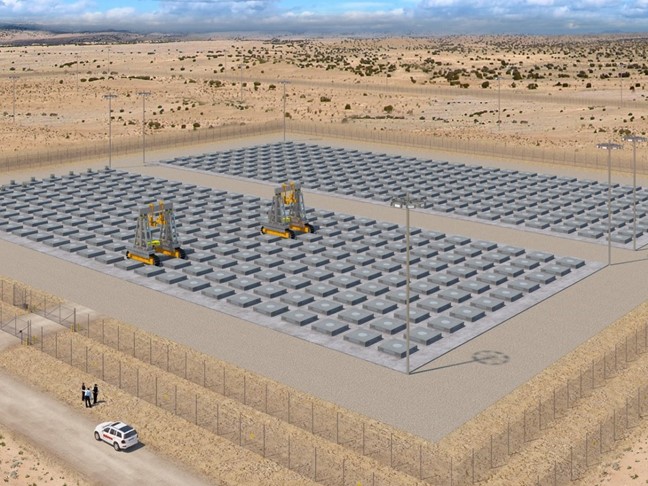


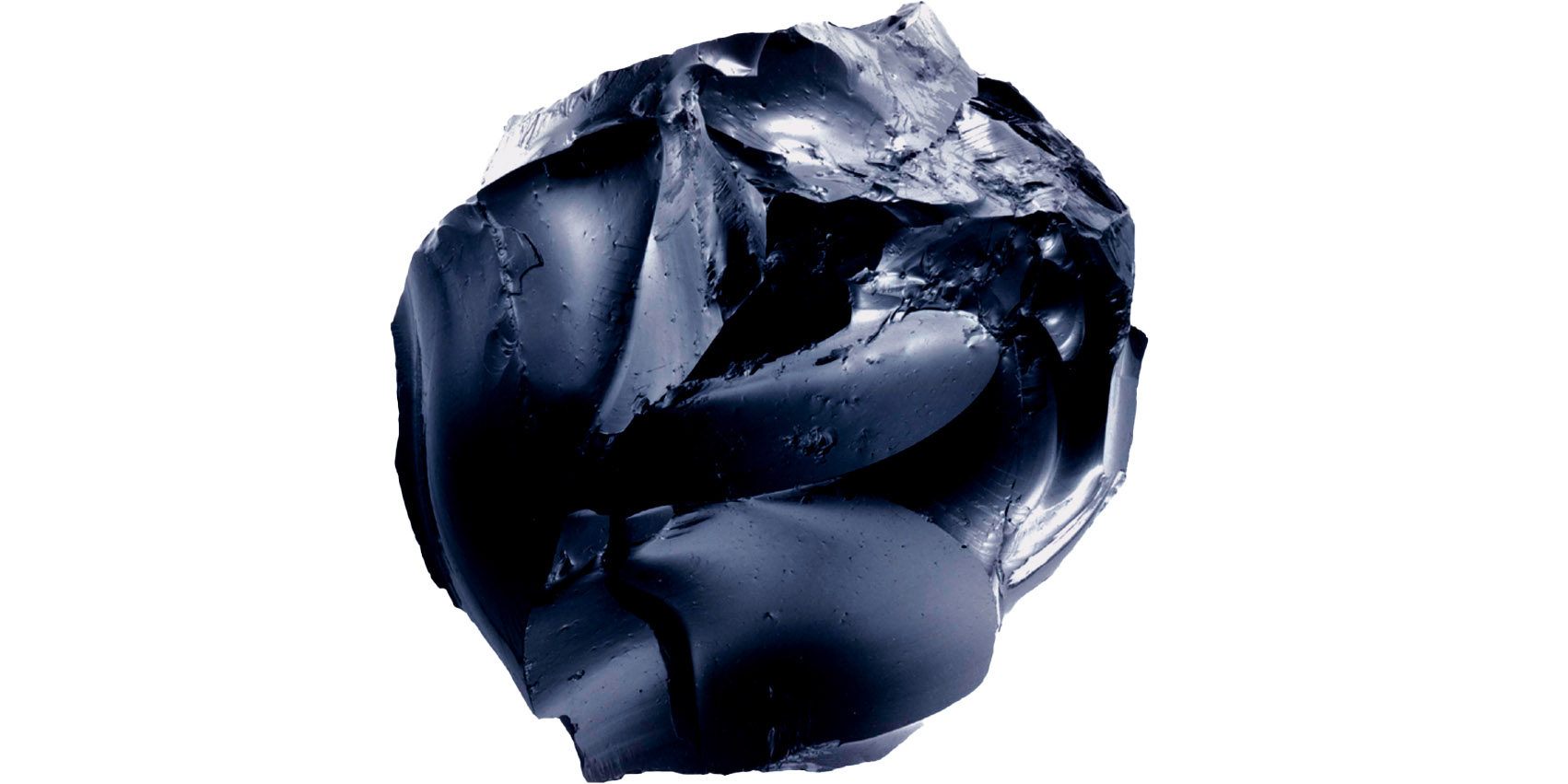
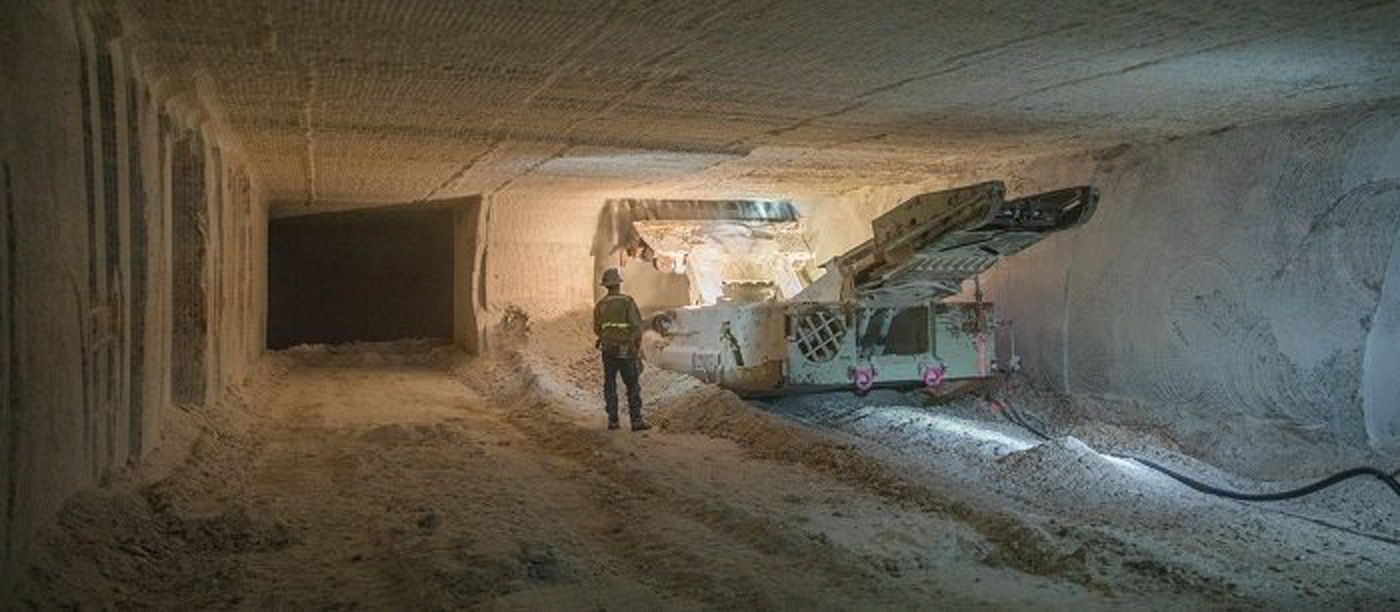

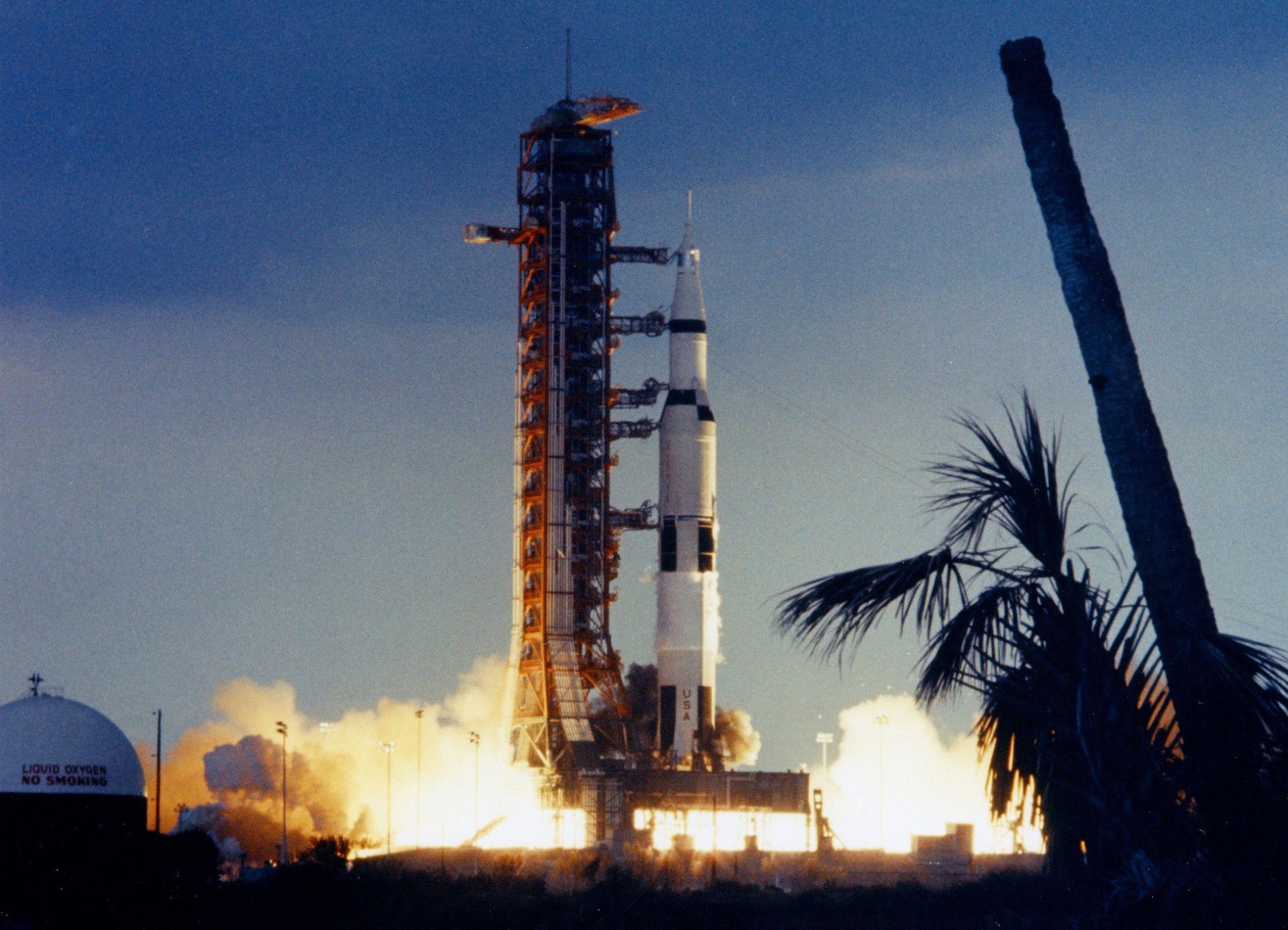
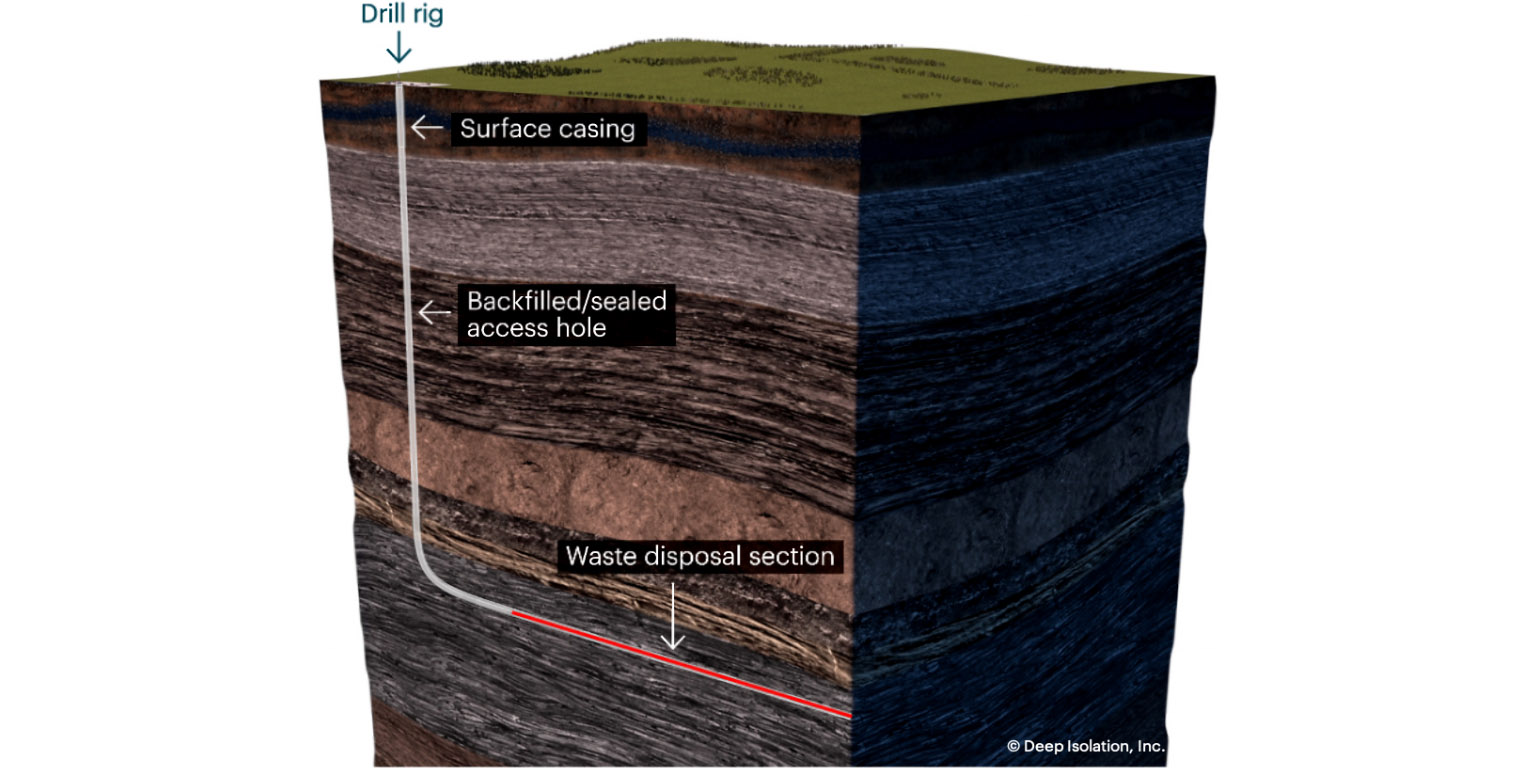

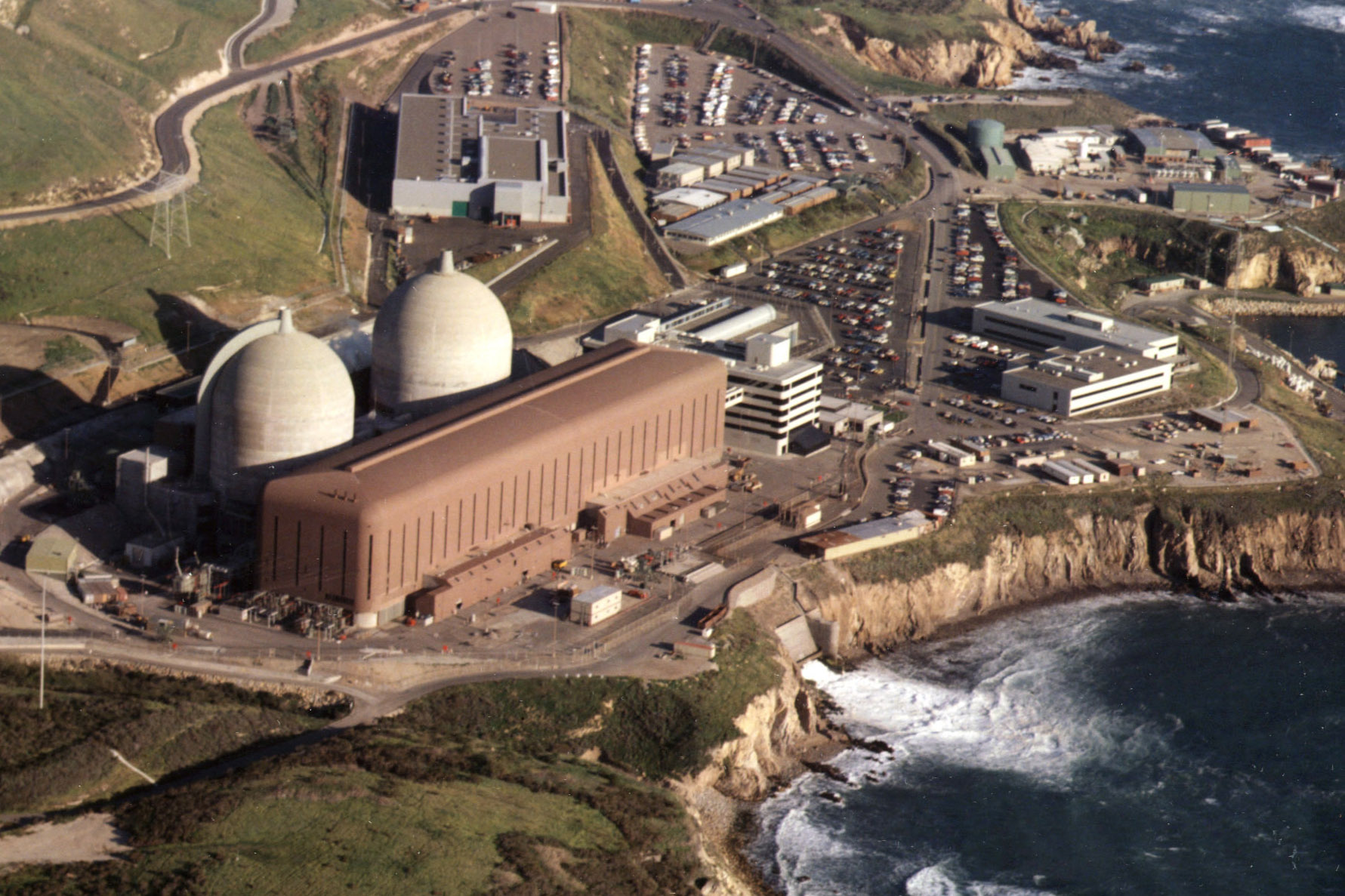


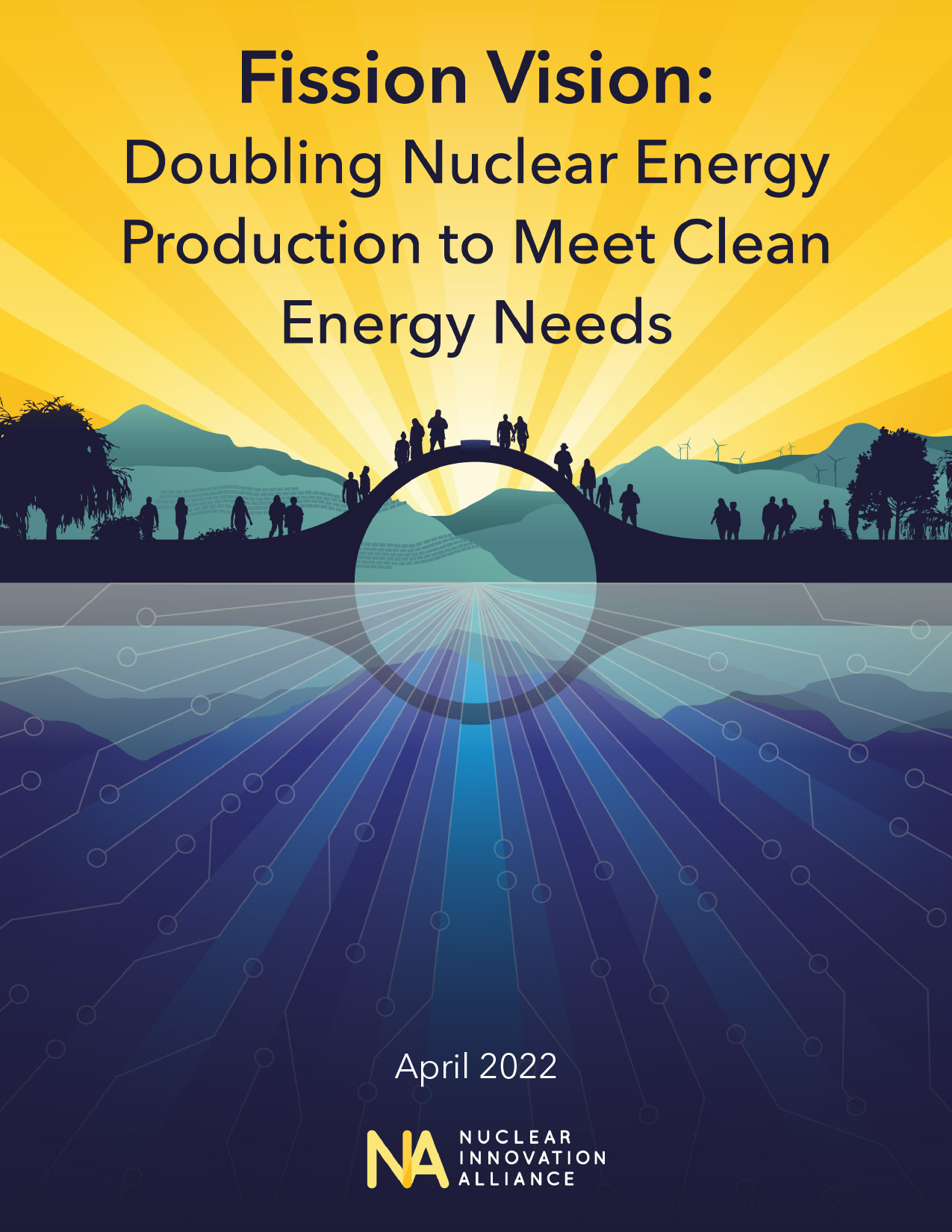 The Nuclear Innovation Alliance (NIA), a nonprofit advocating for advanced nuclear, has announced the publication of a new report,
The Nuclear Innovation Alliance (NIA), a nonprofit advocating for advanced nuclear, has announced the publication of a new report, 

